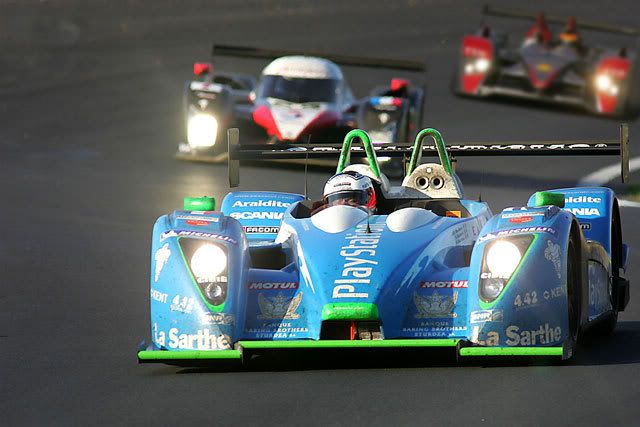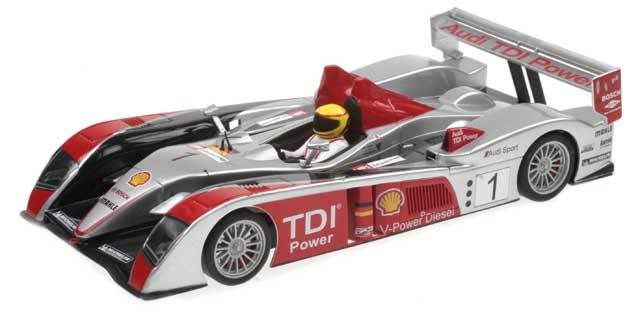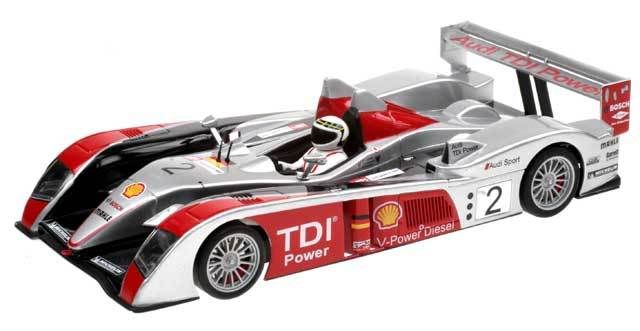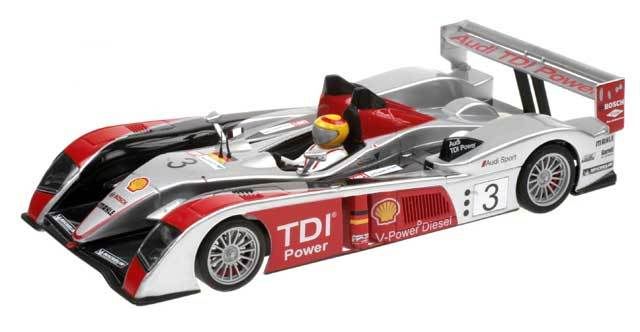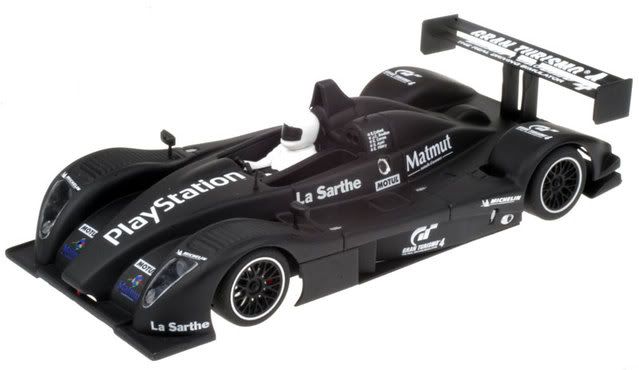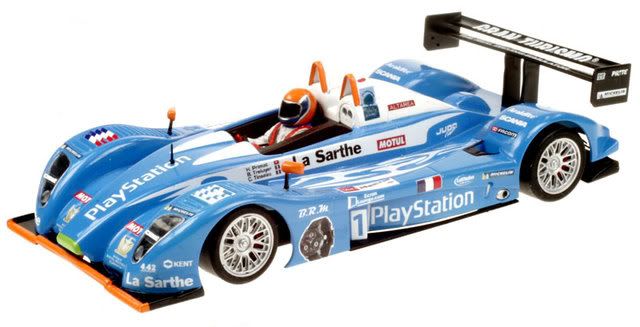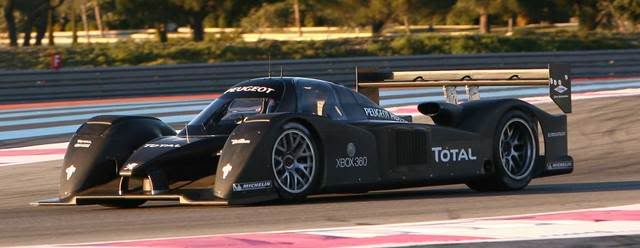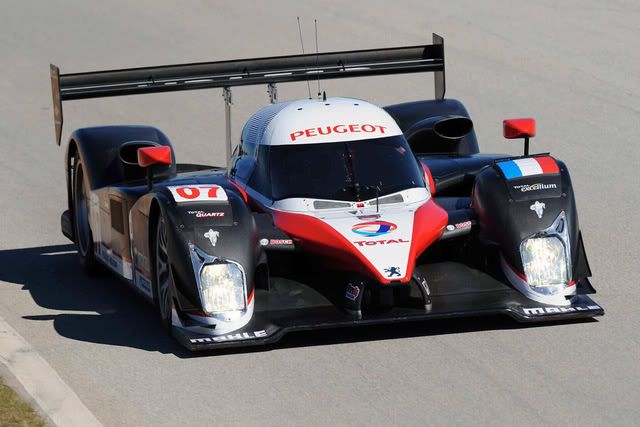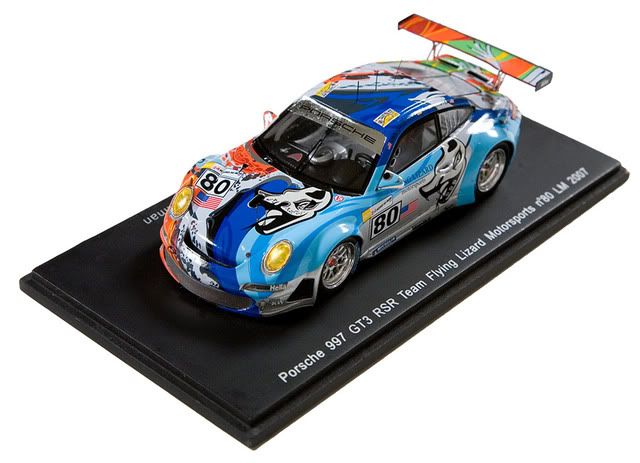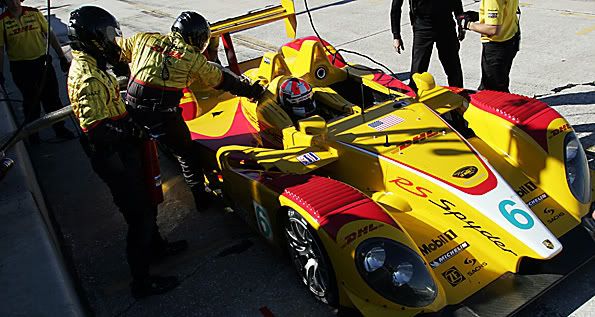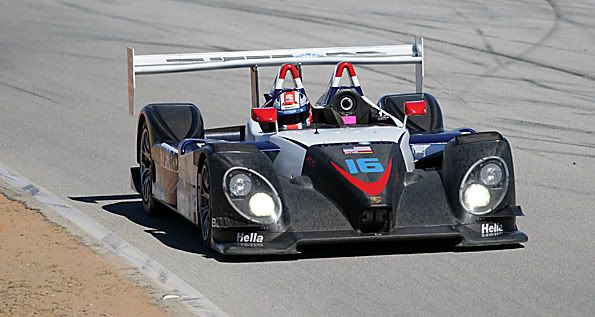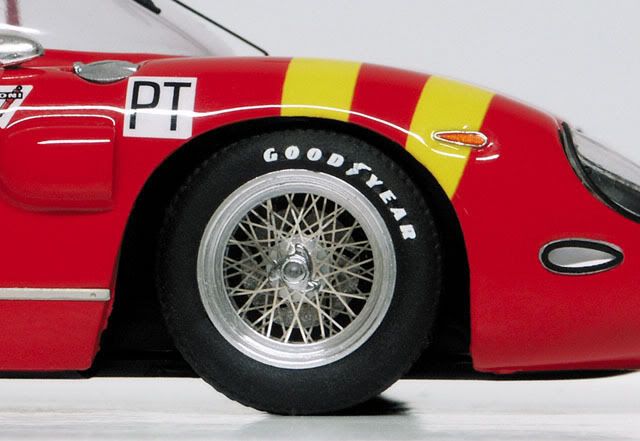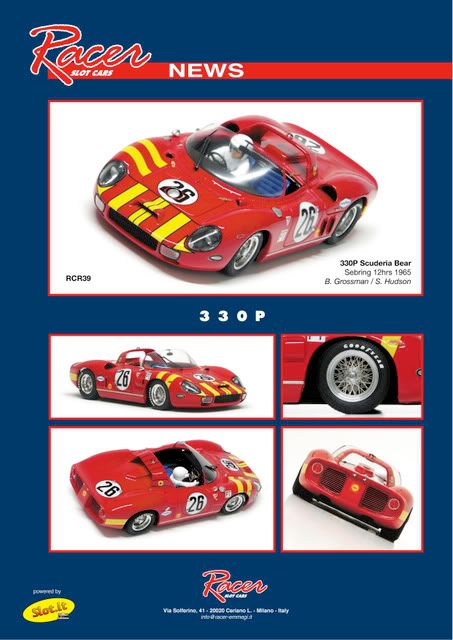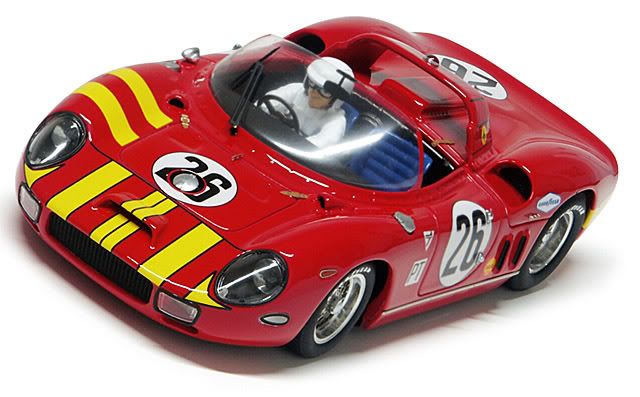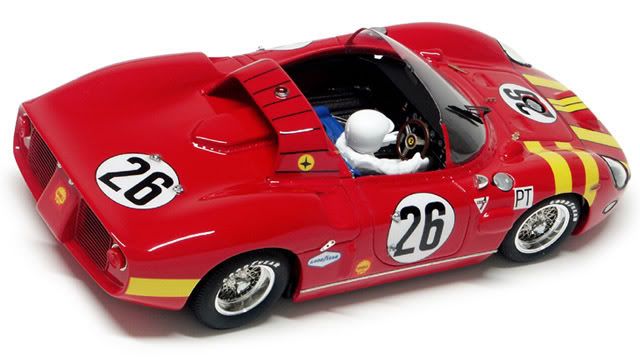
Today, BMW UK spilled the beans on their Geneva world debuts, the ones they want us know about in advance. No big surprises yet, BMW will show the new BMW 320d Convertible and 125i Coupé to an eager audience at the Geneva Motor Show starting March 4 alongside an EfficientDynamics Concept car.
The BMW 320d Convertible uses a 2.0 liter engine, also found in the other 320d models, producing 177 hp and 350 Nm of torque. The cabrio will accelerate from stand-still to 62 mph (100 km/h) in 8.6 seconds, has a top speed of 139 mph (224 km/h) and manages a very respectable 53.3 mpg. The 320d Cabrio will go on sale in March 2008 priced at GBP 33,110 in the UK (approximately 44,500 Euro) while the M Sport model is priced slightly higher at GBP 35,735 (48,00 Euro).
The BMW 125i is the fourth model in the new BMW 1 Series line-up, following the 135i M Sport, 120d and 123d. The BMW 125i is equipped with a 218 hp 3.0 liter engine which propels the small coupe to 62 mph in just 6.4 seconds only to stop accelerating at 152 mph (245 km/h). The two-door coupe also features BMW's EfficientDynamics ensuring a 35.8 mpg. The 125i goes on sale in March and also comes in two guises, the 125i Coupe SE priced in the UK at GBP 23,195 (31,200 Euro) and the M Sport with 18-inch alloy wheels, sport seats and body kit priced at GBP 25,050 (33,700 Euro).
As always we expect to see a surprise concept from BMW at the major European shows, but we will have to wait and see what it will be. Stay tuned for our Geneva coverage this March.
Press Release
The new BMW 320d Convertible and BMW 125i Coupé
- New Convertible and Coupé models make world debut alongside EfficientDynamics concept car and M3 Convertible at Geneva Motorshow.
- New BMW X6 makes European debut at Geneva Motorshow.
- BMW 1 Series, 3 Series and X3 receive specification upgrades.
BMW UK has announced additions to the 3 Series Convertible and 1 Series Coupé ranges. The new BMW 320d Convertible and 125i Coupé will receive their world debuts at the Geneva Motorshow in March alongside an EfficientDynamics concept car and a raft of other new models.
Highlight of the BMW stand at the Geneva Motorshow will be a concept car showcasing the outlook and future direction of BMW’s innovative EfficientDynamics programme. It will appear alongside the worldwide debut for the forthcoming BMW M3 Convertible with M Double Clutch Transmission. The new BMW X6 and 1 Series Convertible also make their European debuts.
The new BMW 320d Convertible
Following the announcement of the new BMW M3 Convertible at one extreme of the open-top car spectrum, BMW introduces the most frugal Convertible in the 3 Series range, the 320d. Available in both SE and M Sport guises, the new 320d uses the same 1,995 cc engine from other 320d models in the 3 Series range to offer 177hp and 350Nm of torque.
This single-turbocharged two-litre diesel engine propels the 320d Convertible from zero to 62mph in 8.6 seconds and on to a top speed of 139mph. EfficientDynamics plays a part in the car’s performance with stop-start technology on manual cars, a second-generation common-rail injection engine, and a Diesel Particulate Filter fitted as standard. These technologies ensure that the new 320d Convertible is BMW’s most frugal open-topped 3 Series, delivering an impressive 53.3mpg on the combined cycle and CO2 emissions of just 140g/km.
The 320d SE Convertible is priced at £33,110 OTR with the M Sport model priced at £35,735 OTR. Both models go on sale in March 2008.
The new BMW 125i Coupé
The BMW 1 Series Coupé range has been strengthened with the addition of a fourth derivative. The six-cylinder 125i joins the twin-turbo 135i M Sport, the four-cylinder 120d, and the 123d that features the world’s most powerful four-cylinder diesel engine in a production car.
Generating 218hp from its 2,996 cc engine, the new 125i Coupé accelerates from zero to 62mph in 6.4 seconds and achieves a top speed of 152mph. EfficientDynamics ensures that this level of performance doesn’t compromise the car’s consumption and emissions with the two-door Coupé delivering 35.8mpg on the combined cycle and emitting 190g/km of CO2.
The new 125i Coupé SE costs £23,195 OTR while the M Sport derivative, with its 18-inch alloy wheels, sport seats and body styling, costs £25,050 OTR. The new BMW 125i Coupé goes on sale in March 2008.
Other Geneva Motorshow introductions
The new BMW M3 Convertible
The new BMW M3 Convertible is the fourth generation of BMW’s open-topped M3 and the first M car to feature a Retractable Hard-Top. It is also the first car to feature BMW’s new seven-speed M Double Clutch Transmission (M DCT) as an option. Changing gear using either paddles on the steering wheel or the gear lever, the new M DCT gearbox has the next gear pre-selected in readiness and changes gear in just a few milliseconds. The M DCT-equipped car also outperforms the manual gearbox car in terms of outright performance, economy and emissions.
The new M3 Convertible’s engine develops 420hp at 8,300rpm and 400Nm of torque at 3,900rpm from its 3,999cc V8-power unit. When equipped with its standard six-speed manual gearbox, this engine powers the car from zero to 62mph in 5.3 seconds and on to an electronically-limited top speed of 155mph. However, even with these supercar levels of performance, BMW’s EfficientDynamics programme ensures that economy is not compromised with the car delivering 21.9mpg on the combined cycle.
The new BMW X6
The new BMW X6 Sports Activity Coupé is the latest in BMW’s X family of Sports Activity models. It’s also the first time that BMW has combined the safety and convenience of the command driving position with the on-road performance of a sports car, all wrapped in a coupé body style.
In another BMW first, the entire model range is turbocharged with the X6 offering a quartet of forced induction power plants. The range flagship is an all-new twin-turbocharged V8, the X6 xDrive50i, producing 408hp. The configuration of the new V8 engine is unique too. It is the first engine in the world to locate twin-turbochargers and a catalytic converter within the vee of the engine.
The V8-engined car is joined by the 3.0-litre twin-turbocharged six-cylinder petrol-engined X6 xDrive35i producing 306hp.
The X6 will also offer two turbocharged diesel-powered derivatives. The BMW X6 xDrive30d is powered by a single-turbocharged six-cylinder diesel engine featuring third-generation common-rail fuel injection and producing 235hp. The BMW X6 xDrive35d uses an award-winning twin-turbocharged six-cylinder diesel engine to produce 286hp.
BMW specification enhancements
From March, all BMW 1 Series, 3 Series and X3 models receive floor mats and front seat ISOFIX child seat fixings as standard.
Purchasers of BMW 3 Series Saloon and Touring models now also benefit from navigation and visibility value-added packages. Media Package – Business offers customers Business navigation (complete with map and arrow view), Bluetooth mobile telephone connectivity and BMW’s ConnectedDrive Assist and Online for a package price of £1,645 (£2,115 on ES). This represents a significant saving of up to £635 compared to the individual option pricing.
Media Package – Professional upgrades Business navigation with Professional navigation (complete with its widescreen format and perspective map view), and adds Voice Control, all for a package price of £1,935 (£2,405 on ES), saving up to £745.
BMW 3 Series Saloon and Touring customers can also specify the Visibility Package. Ideal for motoring in the dark winter months, the package contains Adaptive Xenon headlights, Headlight washers, Rain sensor with automatic headlight activation and BMW’s innovative High-beam assistant. Priced from £605, this package saves the customer up to £270 compared to ordering the individual options.
Buyers of twin-turbo BMW 123d and 135i models can opt for an automatic gearbox with steering wheel-mounted paddles for £1,505.
Finally, prospective owners of 1 Series cars now have a significantly wider colour choice. Jet Black, Crimson Red, Monaco Blue metallic, Bluewater metallic, and Sparkling Graphite metallic are being introduced on Convertible models at its launch. Bluewater metallic will also be available on 1 Series Coupé, 3 and 5-door Hatch models, with Tahiti Green metallic also available on the Hatch.
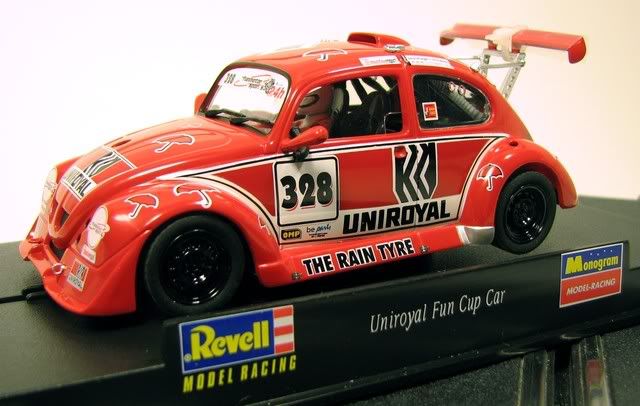
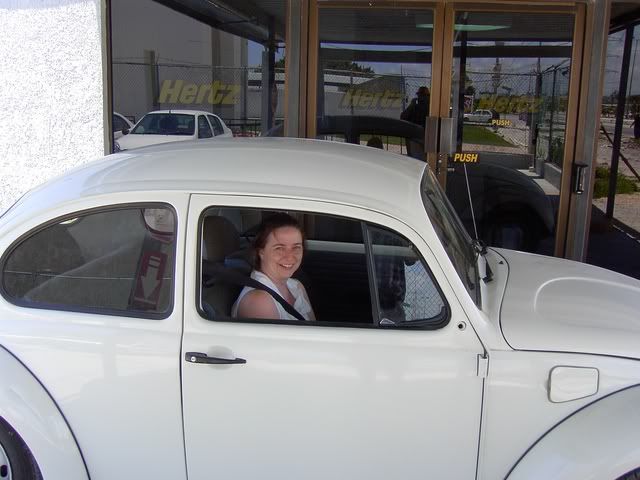
 Now you recreate that joy, exhilaration and heart stopping moments that a VW gives you with the Revell Fun Cup Car. When I saw the first photo of this car, I knew I must own it. Although it is only released in Europe due to licensing issues here in the States. How did I get one? Hey, what can I say, I got people.
Now you recreate that joy, exhilaration and heart stopping moments that a VW gives you with the Revell Fun Cup Car. When I saw the first photo of this car, I knew I must own it. Although it is only released in Europe due to licensing issues here in the States. How did I get one? Hey, what can I say, I got people.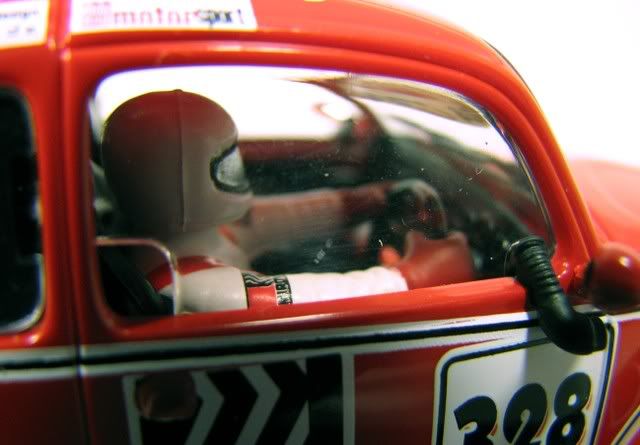 This car is richly detailed, and brilliant in color. The Tampo printing is flawless, no bleed and crisp edges.
This car is richly detailed, and brilliant in color. The Tampo printing is flawless, no bleed and crisp edges.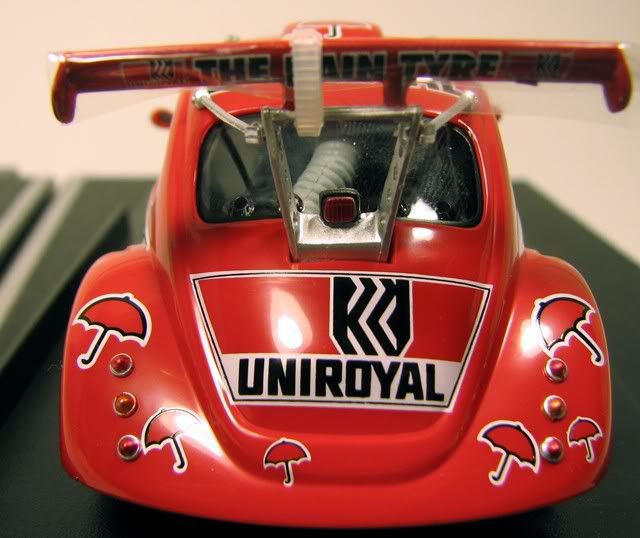 What’s under the boot? Well, not the latest in cutting edge technology that’s for sure, but a simple and functional chassis.
What’s under the boot? Well, not the latest in cutting edge technology that’s for sure, but a simple and functional chassis. 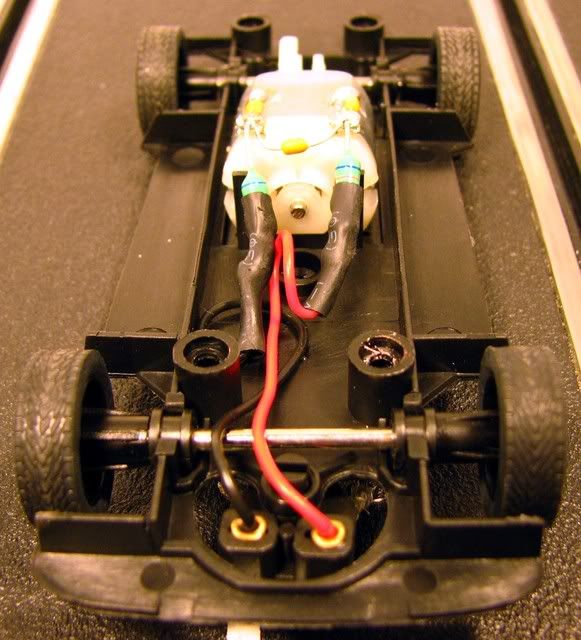 I would love to tell you how it ran, over the long haul, but I can’t. I ran this car 10 maybe 12 laps around my 22 foot oval and put it back in its case. How did it perform in those short few laps? Well, like a VW.
I would love to tell you how it ran, over the long haul, but I can’t. I ran this car 10 maybe 12 laps around my 22 foot oval and put it back in its case. How did it perform in those short few laps? Well, like a VW.



 Dynamic potential of S65 AMG needs no compromise in case of braking system. Innovative double brake calipers combine advantages of flowing construction – lower heat stress and cultivated work with performance of massive calipers.
Dynamic potential of S65 AMG needs no compromise in case of braking system. Innovative double brake calipers combine advantages of flowing construction – lower heat stress and cultivated work with performance of massive calipers.


 Inside the car, which comfortably seats four people, the black upholstery is a lean contrast to the bright orange exterior, though it is accented with silver, as well as narrow bands of orange on the seat backs. Principal interior designer Alan Barrington even cites the 1970 model as a source of inspiration, telling reporters last summer that, "…we wanted to capture the memory of that car, but expressed in more contemporary surfaces, materials and textures." What they wound up with is an instrument panel that sits high in the car and is intersected by a cluster of three circular gauges, and a fourth, larger gauge (really a computer display) that allow the driver to monitor overall speed, quarter-mile speed and time, and the top speed for each gear.
Inside the car, which comfortably seats four people, the black upholstery is a lean contrast to the bright orange exterior, though it is accented with silver, as well as narrow bands of orange on the seat backs. Principal interior designer Alan Barrington even cites the 1970 model as a source of inspiration, telling reporters last summer that, "…we wanted to capture the memory of that car, but expressed in more contemporary surfaces, materials and textures." What they wound up with is an instrument panel that sits high in the car and is intersected by a cluster of three circular gauges, and a fourth, larger gauge (really a computer display) that allow the driver to monitor overall speed, quarter-mile speed and time, and the top speed for each gear.